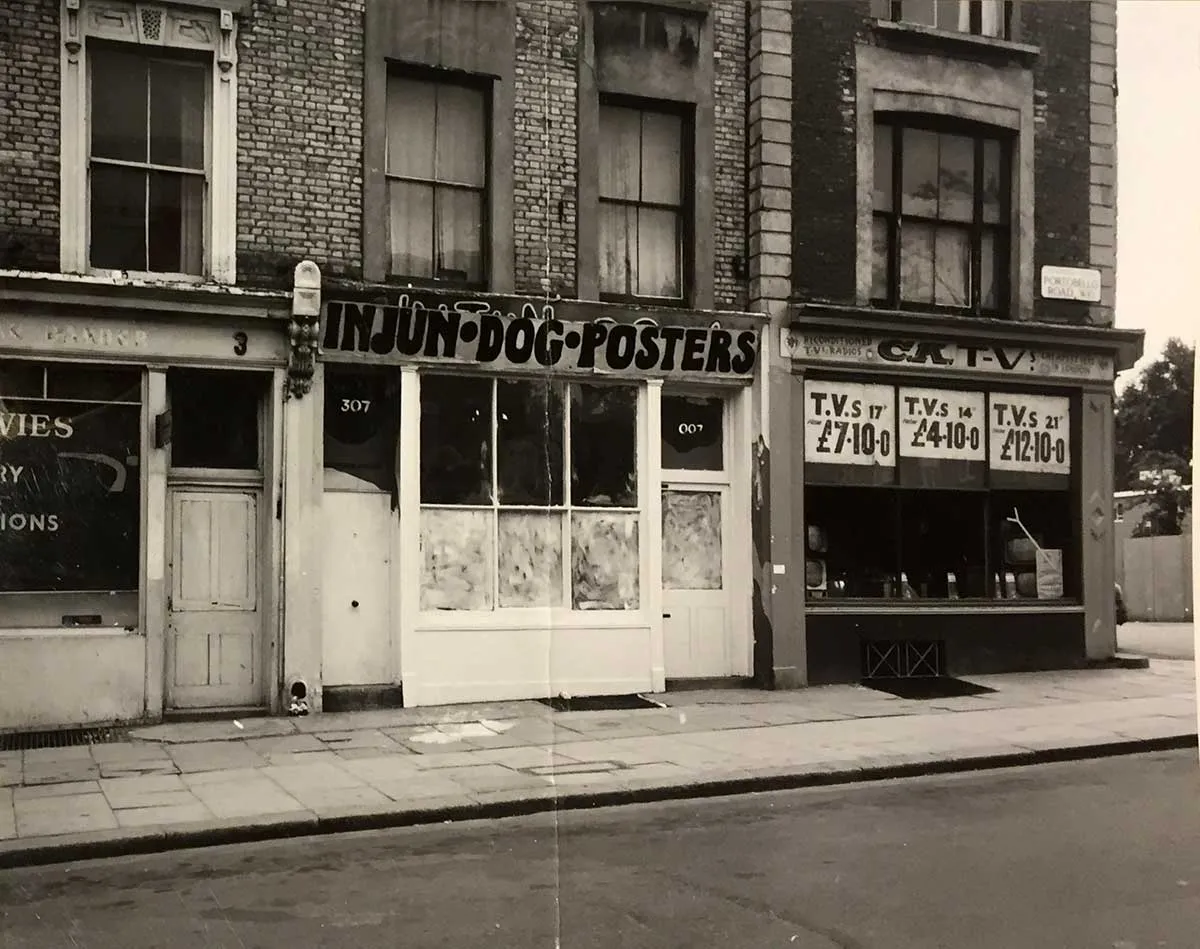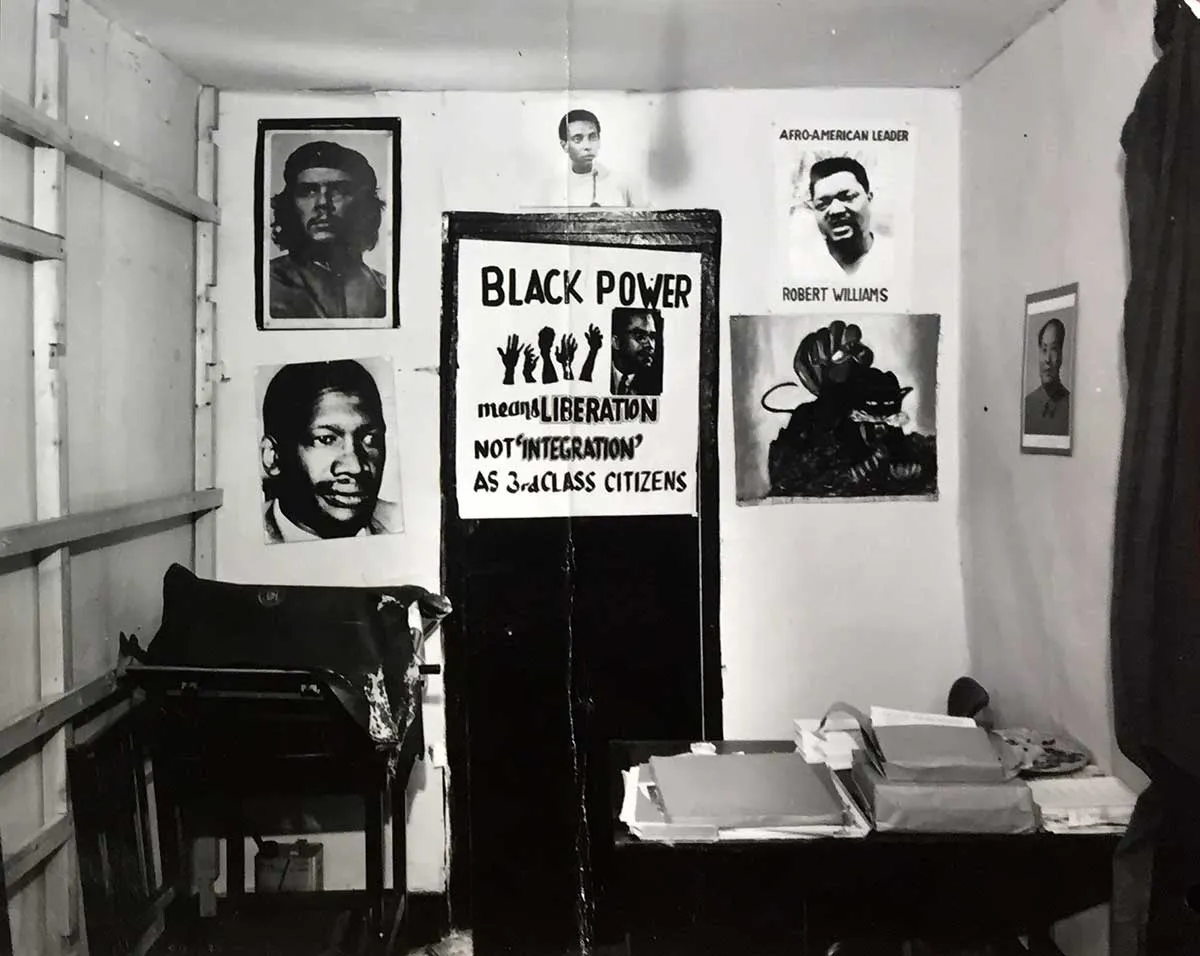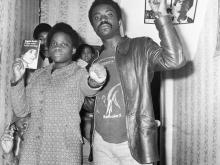Today's Feature
- webbworks333
- Dec 14, 2023
- 3 min read
December 14th
The British Black Panthers (BBP) was established by Obi Egbuna, a Nigerian Playright, in 1968 in London's Notting Hill, drawing inspiration from the Black Power movement in the U.S. The term "black" in Britain encompassed individuals of Caribbean, African, or South Asian descent, who were predominantly immigrants from former British colonies.
The rapid increase in Britain's black population from 300,000 to 1 million between 1961 and 1964 intensified racial and class tensions, particularly within London's Afro-Caribbean community. These tensions resulted in heightened police repression and the formation of the BBP.
Although not an official chapter of the Black Panthers, the BBP became the first Panther organization outside the United States. It adopted the Panther's iconic symbols, including military jackets, berets, and raised fists. Led by Egbuna, the BBP actively fought against police brutality. London police attempted to dismantle the party by arresting Egbuna and two other Panthers on false charges of threatening the police. Egbuna was convicted, and during his imprisonment, Althea Jones, a Trinidad-born Ph.D. student at the University of London, assumed leadership of the BBP by 1970.
Althea Jones, Eddie Lecointe, Farrukh Dhondy, and Neil Kenlock played a pivotal role in reshaping the focus of BBP. The Party dedicated itself to grassroots organizing within local black communities in England, addressing issues such as racial discrimination in employment, housing, education, and essential services.
They relocated their headquarters from Portbello Rd to Brixton, a disadvantaged black community in London. Under Jones's leadership, the Panthers emerged as a highly effective community organization, collaborating on matters concerning the white working class and challenging British imperialism. In addition to combating racial discrimination and oppression, they emphasized the importance of working-class solidarity, mirroring the principles of the Black Panther Party in the United States.
As part of their community initiatives, the BBP provided legal support to black individuals in ten British cities, including London. Their most notable legal advocacy involved defending the Mangrove restaurant, a vital gathering place for the Caribbean community in Notting Hill.
Despite constant harassment and raids by the police, no evidence of drug-related activities was ever found. The BBP played a crucial role in organizing a demonstration against the police, resulting in the arrest and charging of nine black leaders, including Althea Jones-Lecointe and Darcus Howe, for inciting a riot. The subsequent trial, known as the Mangrove Nine trial, became a significant milestone in Britain's black power movement.
Jones-Lecointe and Howe chose to represent themselves during the trial and requested an all-black jury, seeking a jury that would better understand their experiences and perspectives. Ultimately, all nine defendants were acquitted, and the trial marked the first public acknowledgment by a judge of "evidence of racial hatred" within the London police force.
The BBP achieved various milestones, such as establishing a Youth League and the Freedom News newspaper. Additionally, they organized a significant protest march of 10,000 individuals against the Immigration Bill of 1971, which aimed to decrease black immigration. In 1973, the BBP experienced a split into two factions and eventually disbanded. Several groups emerged as offshoots of the BBP, including the British Black Women's Group, Squatter's Rights Movement, and the Race Today magazine.
In 2017, the BBP, which had been ignored for a long time, gained attention through various mediums. The Tate Museum showcased it in a photography exhibit, a film on the Mangrove Nine was proposed, and a new drama series called Guerrilla loosely drew inspiration from the BBP.
















